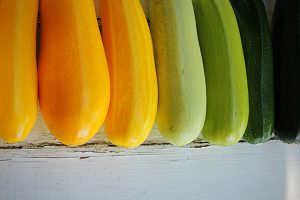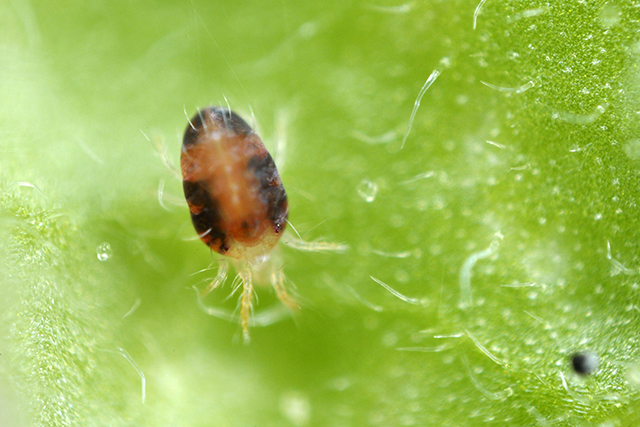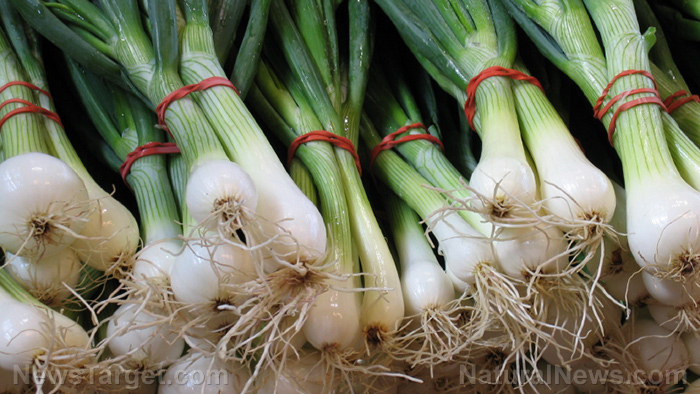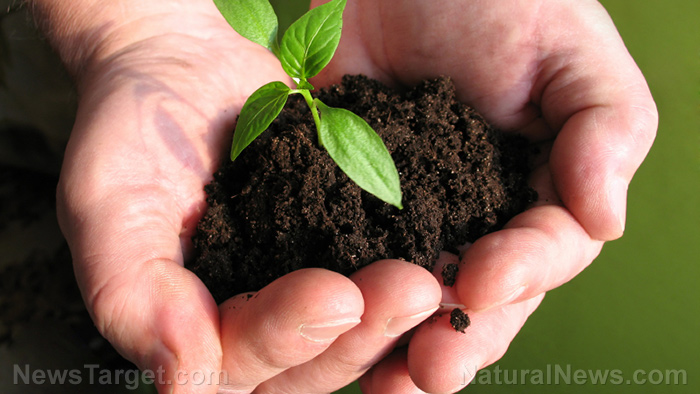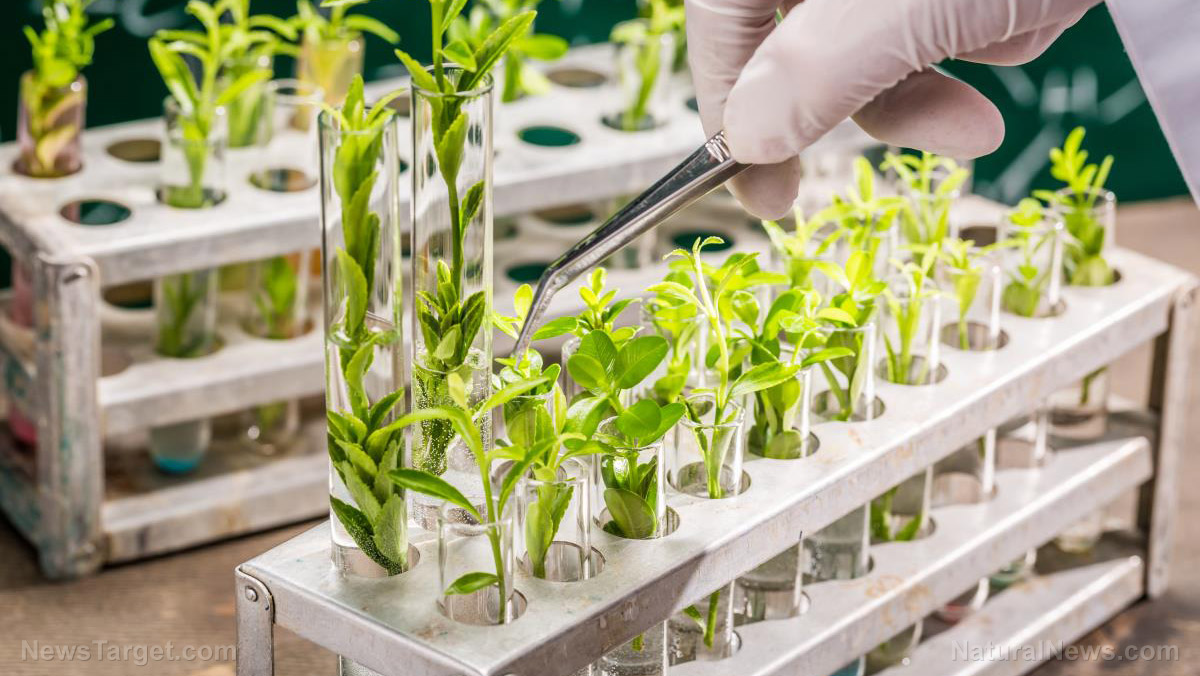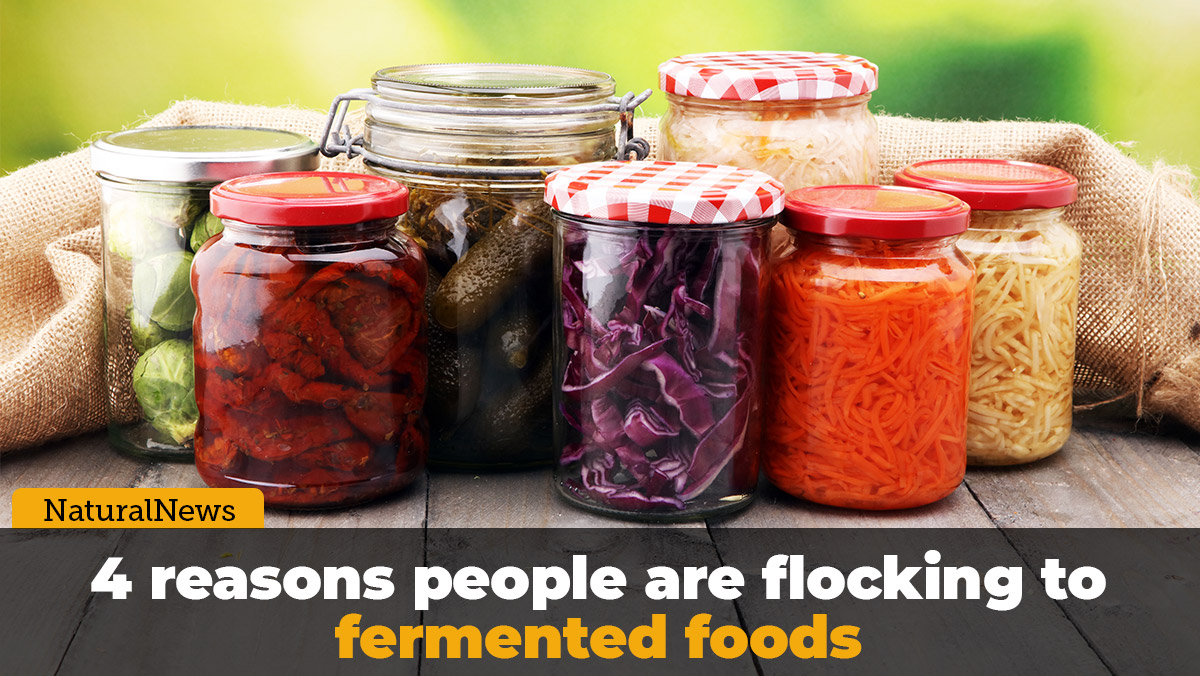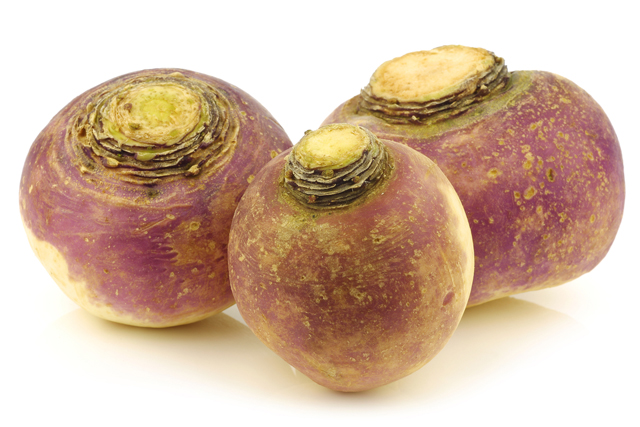Summer Squash – sources, health benefits, nutrients, uses and constituents at NaturalPedia.com
07/29/2017 / By Jhoanna Robinson
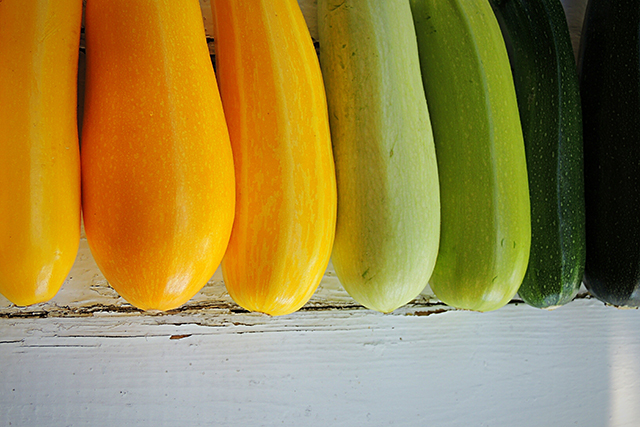
Summer squashes, which have soft shells and creamy white flesh, belong to the gourd family of Cucurbitaceae, whose members also include melons and winter squashes. They are endemic to the United States, although now it is cultivated all over the world, particularly in the northern parts of Mexico and throughout Central America, North America, and South America.
Summer squashes are also popular in the Pacific Islands region, particularly New Guinea, Fiji, Hawaii, and Tonga. In France, the term “courgette” refers to smaller and younger squashes, while “marrow” is used to describe more mature ones. Meanwhile, Narragansett Indians, as early as the 1640s, refer to the summer squash as askutasquash, which means “things that may be eaten raw”.
Summer squashes should be planted in well-drained soil that has been raked well. For optimum results, you must remember to plant them only after any signs of frost in the ground have gone – in most states, it is safe to plant summer squashes during the spring. Plant the seeds in such a way that they are evenly spaced – around 24 to 36 inches apart, and one inch deep into the soil.
Younger summer squashes tend to be more tender than those who have been harvested in their maturity. If you plan on cooking summer squash as a simple vegetable, we suggest that you pick it out early so as to preserve its tenderness, even though it may appear smaller when young as compared to those who have already matured.
Larger summer squash fruits have tougher skin and seeds. Summer squashes such as these are perfect for making muffins and zucchini bread, as the fruit can be hard enough to be ground. Remember to scoop the seeds out of the fruit before you grind it.
Summer squashes last for a relatively long time, so you can rest assured that you won’t be spoiled when you place them in the refrigerator after picking them. They come in different varieties – such as crookneck, straightneck, pattypan, and zucchini – so some summer squashes might taste milder than others.
List of known nutrients
- Beta-Carotene
- Beta-Cryptoxanthin
- Calcium
- Carotenoids
- Choline
- Copper
- Iron
- Lutein
- Magnesium
- Manganese
- Omega-3 Fatty Acids
- Pectin
- Phosphorus
- Potassium
- Protein
- Vitamin B1 (Thiamine)
- Vitamin B2 (Riboflavin)
- Vitamin B3 (Niacin)
- Vitamin B5 (Pantothenic Acid)
- Vitamin B6 (Pyridoxine)
- Vitamin B9 (Folate)
- Vitamin C
- Vitamin K
- Zeaxanthin
- Zinc
Medicinal uses for summer squash
Summer squash is rich in powerful antioxidants that stave off harmful antioxidants which cause premature aging and certain illnesses.
A medium-sized summer squash is inclusive of 33 percent of your recommended daily intake of vitamin B6, which facilitates hemoglobin production. Hemoglobin transports oxygen in the red blood cells to your tissues. Not enough vitamin B6 content in the body can lead to incurring anemia.
Summer squash, which is chock full of lutein and zeaxanthin content, is good for eye health. In a study that was published in the Archives of Ophthalmology, whch observed over 35,000 women for an average of 10 years, it showed that the women that incurred the most levels of lutein and zeaxanthin via their diets (6.716 micrograms per day) reduced their risk of developing cataract problems by 18 percent as compared with those who had the lowest levels of lutein and zeaxanthin in their diets (1.177 mcg per day). A medium summer squash has 4.165 mcg per day.
Body systems supported by summer squash
Summer squash is good for the immune system.
Summer squash, due to its beta-carotene content, has anti-inflammatory properties. Studies show that they provide anti-inflammatory protection for the cardiovascular system and the gastroinestinal tract. They also reduce the risk of blood sugar problems, and is one of the key foods in preventing type-2 diabetes and regulating insulin in the body, due to the presence of a polysaccharide known as pectin.
Ways to use summer squash
here are some of the ideal ways to prepare saucy and delectable summer squash meals.
Where to learn more
- The Guide to Eating Right Every Month of the Year
- 5 Foods You Should Always Buy Organic
- 5 Easy to Grow Veggies for Your Own Organic Produce
- Top 10 magnesium-rich foods to boost your intake of this essential mineral
- B vitamin deficiency will drive you insane – here’s the best food sources
Summary
Summer squash, which is chock full of lutein and zeaxanthin content, is good for eye health.
Summer squash is good for the immune system.
Summer squash, due to its beta-carotene content, has anti-inflammatory properties.
Sources include:
Tagged Under: summer squash

